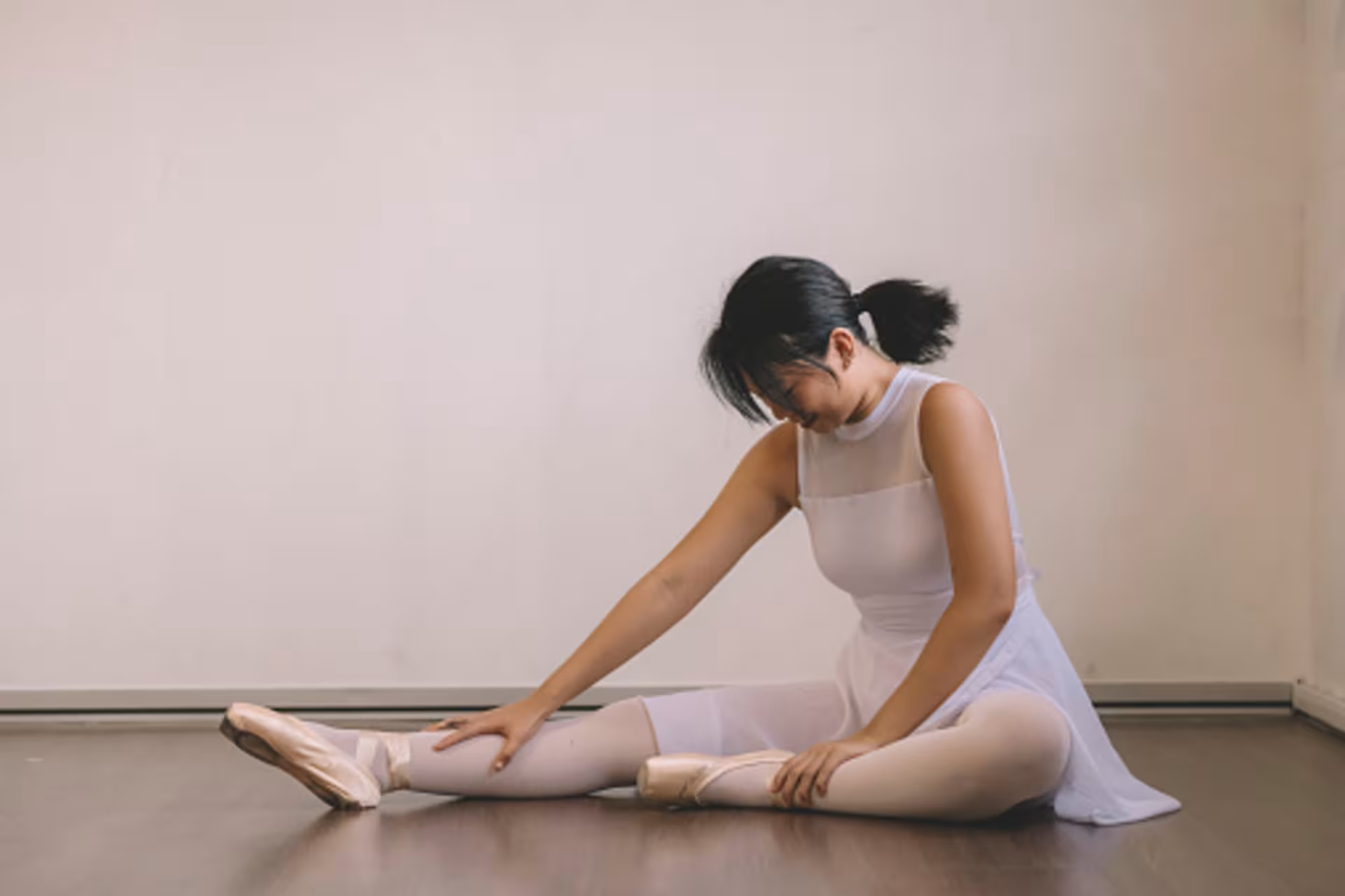Speak with a University Counselor today.
The views and opinions expressed in this article are those of the author’s and do not necessarily reflect the official policy or position of Grand Canyon University. Any sources cited were accurate as of the publish date.

Injuries in dance are not completely avoidable, so if you do suffer an injury, take the following steps to help get yourself back on track:
As a physical art form, dance can take a great toll on the body over time, so it is important to educate yourself on injury prevention and what to do if you sustain a dance-related injury.
A dance degree will certainly help you better understand your body — the way your muscles function, how they are structurally built, and how you can better take care of your body and respond to injuries if they occur. As a dancer, your body is your most important tool for creating beautiful art — so take good care of it!
Are you considering a dance education? Grand Canyon University offers a Bachelor of Arts in Dance degree program that helps you grow your skills and knowledge.
Retrieved from:
(See disclaimer 1 )John Hopkins Medicine, Common Dance Injuries and Prevention Tips in September 2022.
(See disclaimer 2 )Mayo Clinic, Sacroiliac joint pain in September 2022.
(See disclaimer 3 )Pure Physio, Hip impingement in the dynamic young dancer in September 2022.
(See disclaimer 4 )Harlequin Floors, Common Dance Injuries in September 2022.
Approved by the Director of Dance on Nov. 4, 2022
As a dancer, it is vital to take care of yourself physically, mentally and emotionally. Most injuries are caused by repetition of movement or strain on certain joints in the body, therefore, we want to make sure that you do the following things as you pursue a long-lasting career in dance:
A dance degree teaches a dancer not only about technique, choreography, history and pedagogy, but also how to prevent injuries. As a dancer, it is important that you take care of your body the best you can in order to avoid injuries, and also that you stay healthy so you can get through long days of classes, rehearsals or performances.
Although you may understand how to avoid injuries, they unfortunately can still happen. Dancers sustain injuries to the knees and hips, most commonly, but it is not uncommon to see back or shoulder injuries as well, especially if a dancer is training rigorously for hours in the studio.
At Grand Canyon University (GCU), not only will you learn about the most common injuries for dancers, but you will also learn the best ways to reduce your risk for injury as well as what to do if you find yourself injured.
When looking at the different injuries dancers are susceptible to — due primarily to the extensive physical exertion involved in their craft — many are caused by improper alignment and overuse. In your technique classes at GCU, your teachers will talk about proper form and alignment. For example, they may tell you to keep your shoulders over your pelvis and your pelvis over your knees, as well as keeping your knees in line with your ankles, when performing a plié.
If you do not maintain proper alignment, you may cause wear and tear on your knees over time, causing injuries that could prematurely end your dance career. Here are some of the most common injuries that dancers experience:
Lower body dance injuries include:
Foot and ankle injuries include:
The metatarsals, tibia, sesamoids and lumbar spine are areas most commonly affected by stress fractures in dancers. A stress fracture can be caused by increasing your training intensity too quickly, dancing on hard floors, low energy levels and fatigue, and/or nutritional and hormonal factors. Making sure that you are getting proper rest, eating healthily, and training safely will be key to avoiding stress fractures.
Dancers’ knees, ankles, hips and feet are most susceptible to arthritis. Arthritis is inflammation in the joints that is often caused by plantar fasciitis, hyperextension and scoliosis.